- Dairy’s impact on seborrheic dermatitis is complex and varies from person to person.
- Some studies suggest a link between dairy, especially skim milk, and acne, which shares similarities with seborrheic dermatitis.
- Whey and probiotics, found in some dairy products, may offer skin benefits.
- Anecdotal evidence suggests dairy elimination helps some, but scientific validation is needed.
- Consulting a healthcare professional is recommended for personalized dietary advice.
Seborrheic dermatitis, characterized by itchy, flaky skin, is a common condition that can be influenced by lifestyle factors, including diet. Dairy consumption is one area of interest when considering dietary impacts on skin health.
This summary explores the current understanding of the relationship between dairy intake and seborrheic dermatitis, presenting research in an accessible way.
Quick Summary: While some people report symptom improvement by cutting out dairy, research indicates varied effects depending on the type of dairy. Whey and probiotics, for instance, might benefit skin barrier function, highlighting the need for more in-depth investigation.
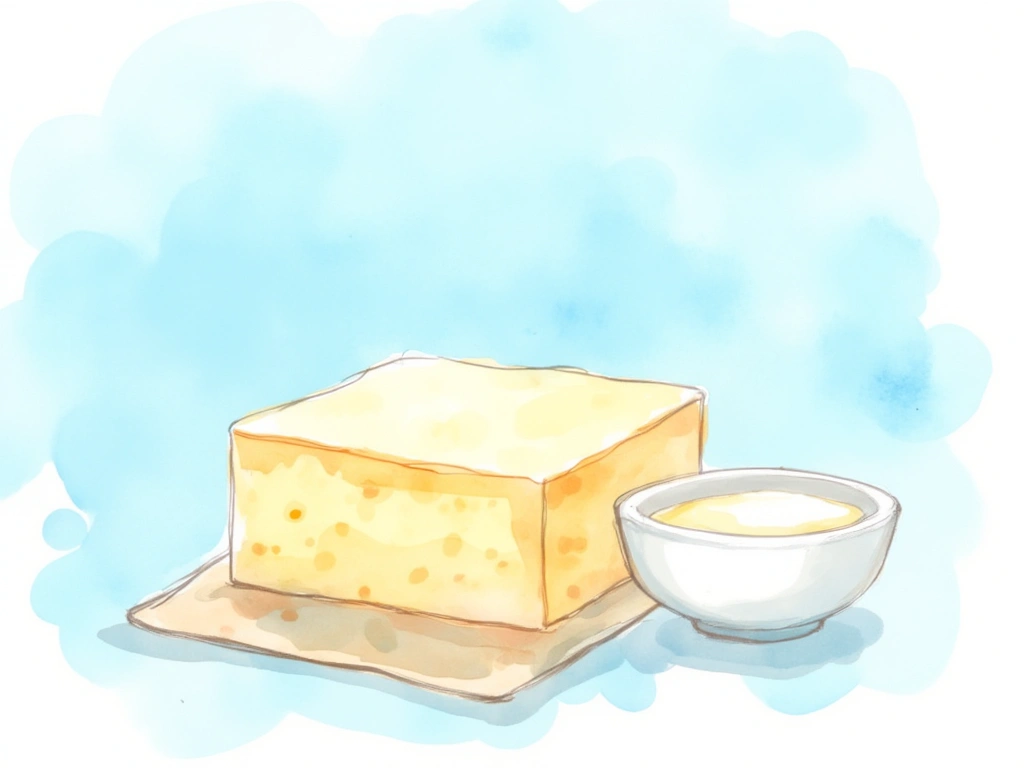
Dairy and Skin Health: Unpacking the Connection
Acne and Seborrheic Dermatitis: Is There a Parallel?
Acne vulgaris, like seborrheic dermatitis, involves inflammation and sebaceous glands. Research has identified a link between dairy, particularly low-fat or skim milk, and acne [1][2][3]. This raises questions about a potential similar connection between dairy and seborrheic dermatitis.
Dairy consumption can alter sebum composition, increasing phospholipids and cholesterol, and shifting the balance of fatty acids [4]. Since changes in sebum are also implicated in seborrheic dermatitis, dairy’s role warrants investigation.
The Potential Benefits of Whey and Probiotics
Interestingly, whey, a dairy component, has shown potential in improving skin barrier function and reducing skin aging markers [5]. Furthermore, probiotics, often found in yogurt, may decrease sebum production, which could be beneficial for seborrheic dermatitis [6].
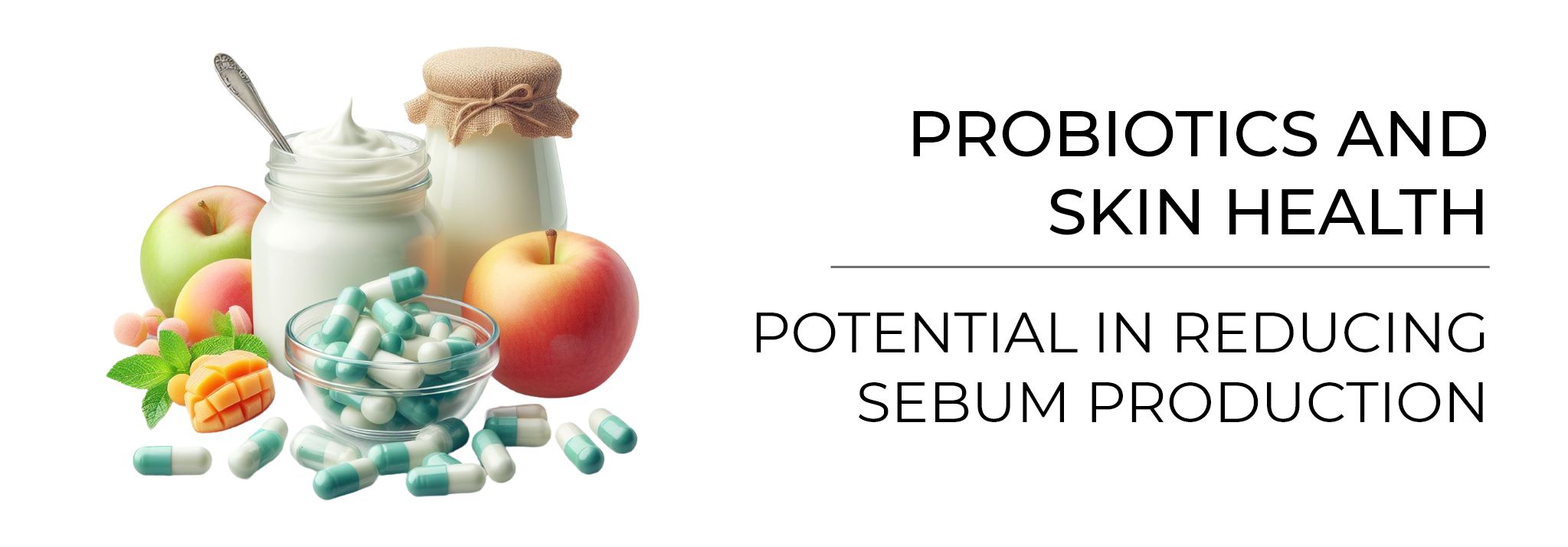
Anecdotal Reports: Dairy Elimination and Symptom Relief
Some individuals have reported improvements in dandruff and seborrheic dermatitis symptoms after removing dairy from their diet, as shared in online forums like Reddit Source. However, it’s important to determine if these personal experiences translate to broader, scientifically-validated conclusions.
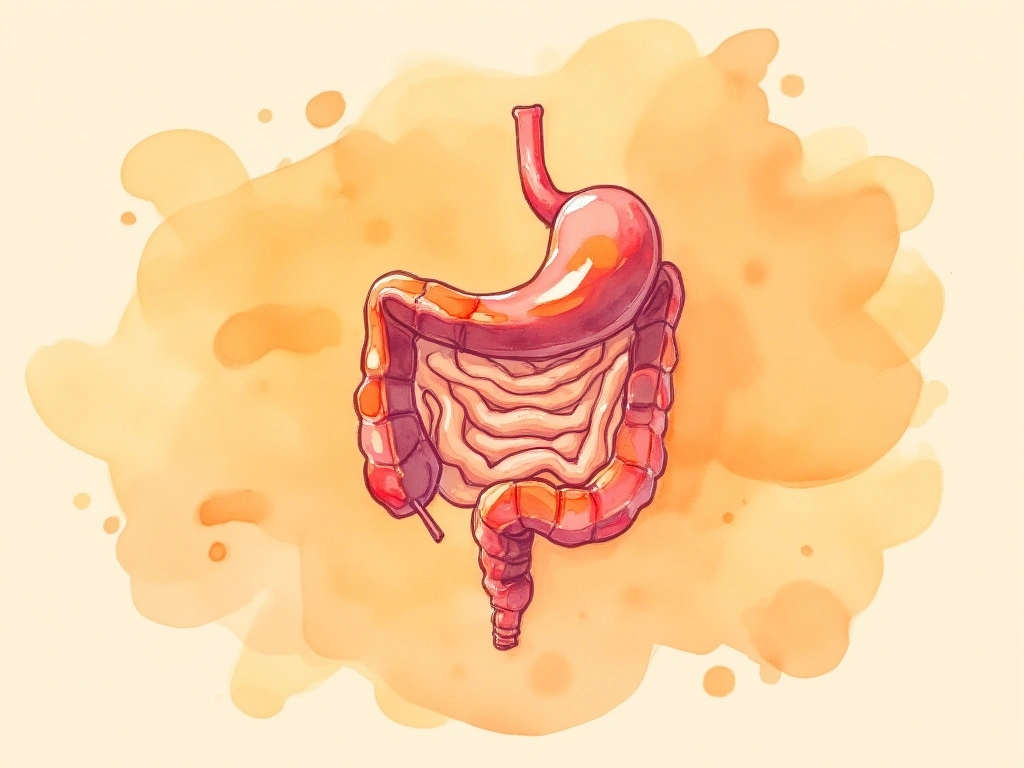
Inflammation, Digestion, and Dairy’s Broader Impact
Dairy and Systemic Inflammation: What Does the Evidence Say?
The effect of dairy on systemic inflammation is not clear-cut, with studies showing neutral to beneficial effects on inflammatory markers [7]. While some individuals might experience increased inflammation from dairy, overall evidence is mixed.
Lactose Intolerance and the Gut-Skin Connection
Lactose intolerance, causing digestive issues, could potentially influence skin inflammation via the gut-skin axis [8]. This suggests that digestive distress related to dairy might play a role in skin conditions like seborrheic dermatitis for some individuals.
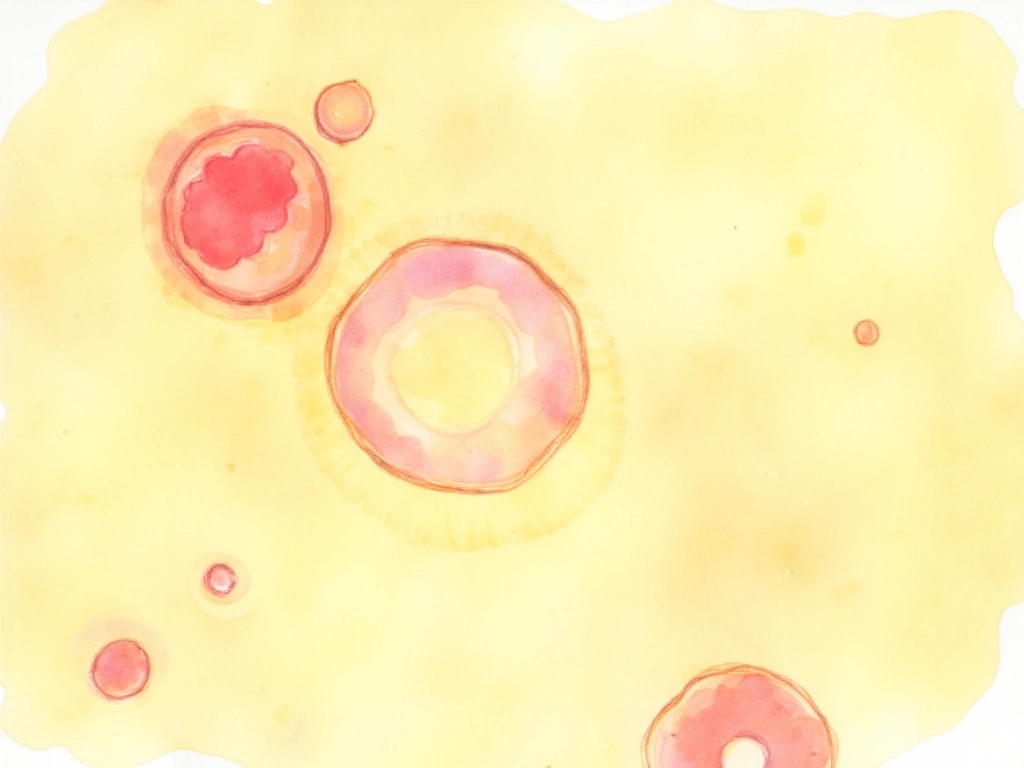
Dairy and Seborrheic Dermatitis: Direct Research and Implications
Examining the Research Landscape
Direct research on dairy and seborrheic dermatitis is limited. However, studies on atopic dermatitis offer some insights. One study indicated that fresh milk consumption was associated with milder atopic dermatitis [9]. This highlights the complex and individual nature of dairy’s impact on different dermatitis types.
The symptom overlap between skin conditions like seborrheic dermatitis and acne suggests a possible shared sensitivity to dairy. Yet, specific research focusing solely on seborrheic dermatitis and dairy is still needed.
Considering Dairy Reduction: Potential Benefits and Variability
While some people with seborrheic dermatitis might find relief by reducing or eliminating dairy, results are highly individual. Anecdotal reports from online communities like Reddit suggest potential benefits for some Source. However, these experiences require robust scientific backing.
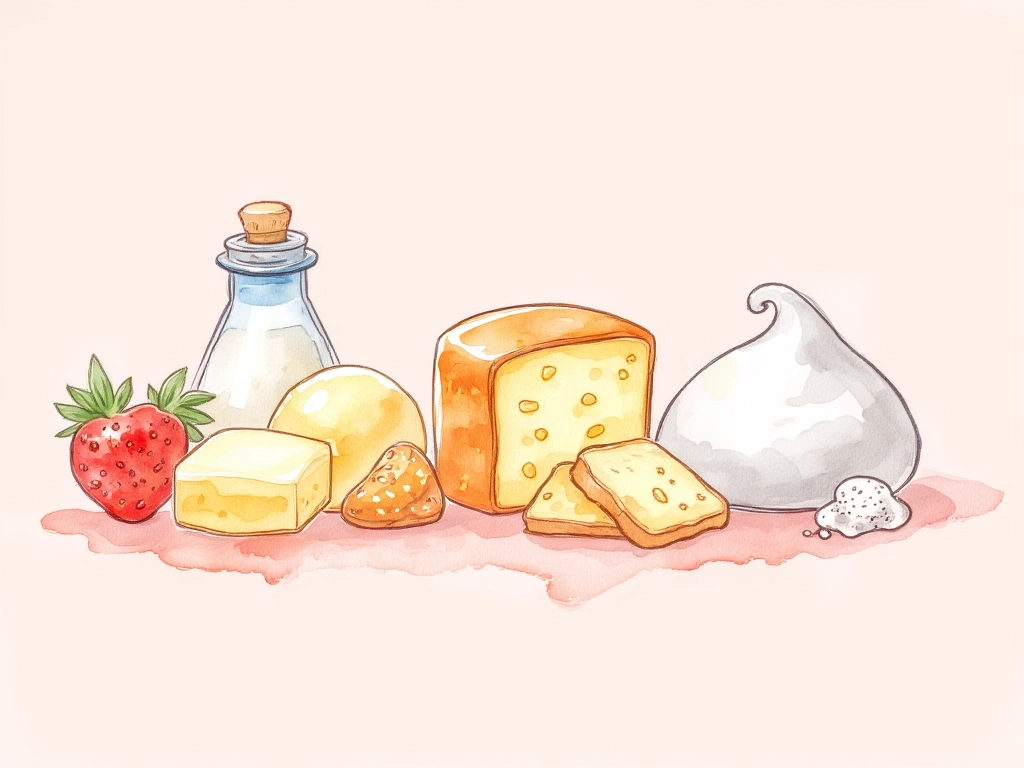
Nuances of Dairy: Types, Components, and Effects
Dairy and Acne Connection: Reinforcing the Link
The established link between dairy and acne strengthens the plausibility of dairy influencing seborrheic dermatitis. Dairy consumption is linked to increased levels of IGF-1, a hormone that can exacerbate acne and potentially impact seborrheic dermatitis in a similar way [10].
Full-Fat vs. Low-Fat Dairy: Does Fat Content Matter?
Interestingly, research suggests full-fat yogurt might reduce facial sebum production [11]. This indicates that different types of dairy, and specifically fat content, can have varying effects on sebaceous glands and potentially on seborrheic dermatitis.
Diverse Dairy Products, Diverse Effects
Different dairy products, such as whey and fermented dairy, may have protective effects against certain skin conditions, while others might pose risks [7, 12, 4]. Understanding these distinctions is crucial to fully grasp dairy’s role in seborrheic dermatitis.

Beyond Diet: Lifestyle Factors in Seborrheic Dermatitis
It’s important to remember that factors beyond diet, like stress and environmental allergens, also play a significant role in seborrheic dermatitis. This complexity makes it challenging to isolate and confirm a direct cause-and-effect relationship between dairy and this skin condition.
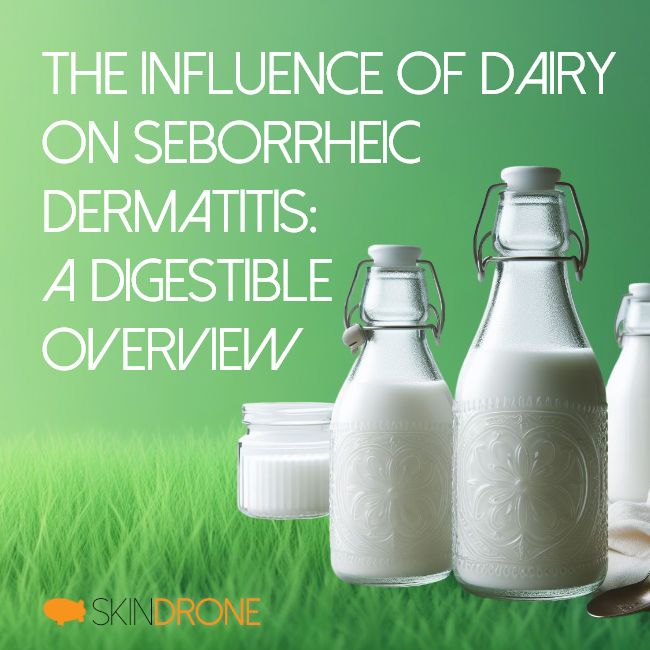

No Comments
Be the first to start a conversation